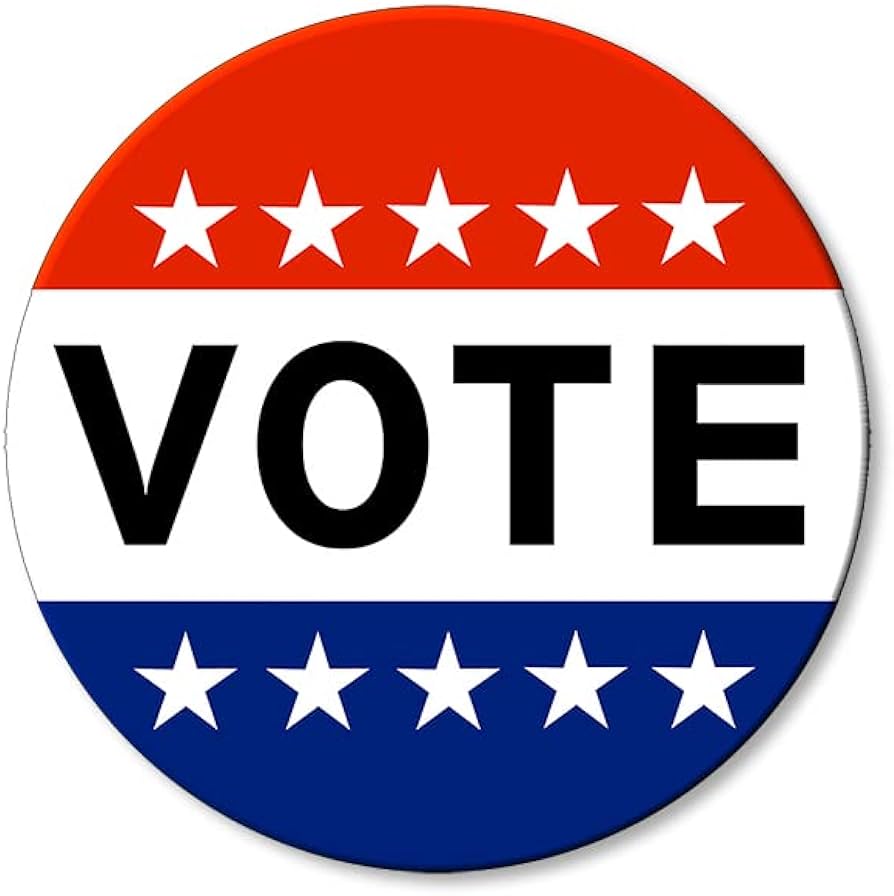Article intro:
President Donald Trump has launched the United States into a trade war, the likes of which has not been seen in decades. On April 2, 2025, the date that the president and his advisers are calling “Liberation Day,” the Trump administration is expected to announce a sweeping set of tariffs against “all countries.”
The Trump administration’s “reciprocal tariffs” are ostensibly designed to charge other countries what they charge the United States—an eye-for-an-eye approach to trade relations. Given their regressive nature, the economic burden of the Trump administration’s tariffs will fall on U.S. consumers—particularly low- and middle-income households—as well as on U.S. producers that rely on imports to manufacture in the United States.
White House aide Peter Navarro recently said that the administration’s new auto tariffs, for example, would raise $100 billion annually and that other tariffs would generate $600 billion annually. This comes at a time when the administration is looking for opportunities to raise substantial revenue to offset the cost of massive tax breaks for its wealthiest donors. Taking Navarro’s numbers at face value, the Center for American Progress estimates Trump’s tariffs could cost American households an average of $5,200 every year.
The Trump administration has already placed 25 percent duties on most imports from the United States’ two largest trading partners, Canada and Mexico; imposed 20 percent tariffs on Chinese imports; and last week announced a 25 percent tariff on all imported cars and auto parts. Taken together, these actions—and the retaliatory measures they have already provoked—will cause significant damage to the U.S. economy. They are likely to reduce job prospects; raise prices for electricity, cars, and other everyday goods; and ultimately make it harder for businesses to compete in global markets.
This article raises questions about the cost of Trump’s reckless trade wars for Americans. Will Trump’s trade wars affect U.S. jobs? Will they increase or decrease working families’ prosperity? Will the administration’s policies position the country’s industrial base to compete effectively in the future? And, recognizing that economic supply chains and security challenges are heavily interconnected, what will the consequence be for U.S. foreign relations?
ain’t gonna cost me $5k more a year…
i don’t have that $5k extra to spend, so i’ll just keep on ‘making do’ with less and less each year. i’m already near the absolute minimum and close to scoping out a spot under a bridge by the river.
You and me both, my friend…
Getting in all the Irish Whiskey I can now cause I fear it will be unaffordable soon.
Good think I also enjoy Kentucky Burbon… 🤷♂️ 🤷♂️
When and where possible, I’m refusing to buy stuff produced in red states. Which sucks, because I also enjoy bourbon. But anyways: I encourage others to engage in regional boycotts of that sort.
At least anything from Kentucky will be cheap now
capitalism and corporate greed says that the cost of domestic goods will go up, too, to be just less than the now higher-priced imports.
To be expected. Any company will think twice before investing in something that is only profitable as long as the random policy of the day baby in the White House keeps the tariffs up against any economical sense.



